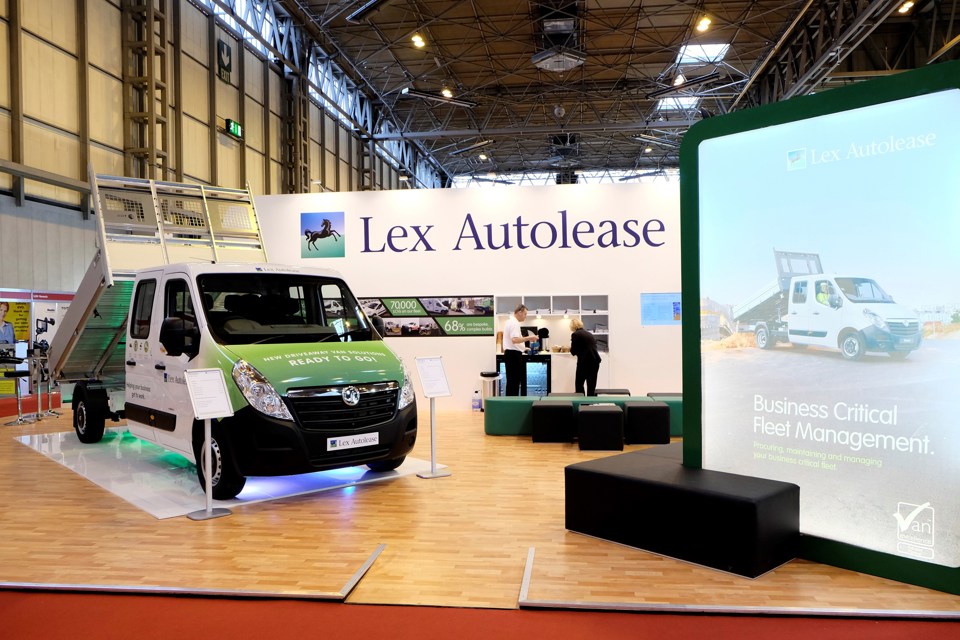The level of complexity involved in the van sector deters many leasing companies, according to Lex Autolease commercial vehicle director Marcus Puddy.
Lex Autolease is by far the UK’s largest funder of vans, with more than double that of its closest rival. And the gap is growing: the company started 2014 with 70,000 vans on its risk fleet; it ended the year with 81,900, helped by the massive outright purchase to contract hire deal signed for Balfour Beatty’s fleet of 5,800 vans and cars.
The company’s total risk fleet recently topped 300,000 for the first time since the Lloyds-HBOS merger in 2008.
“We are serious about vans – there are only a handful of firms that have a real desire to manage vans because of the complexity,” Puddy said.
“We have a team of engineers that manage the process for the customer from identifying the right vehicle to the right fit-out and then managing the end-to-end process so that the van works for that company.”
Puddy believes there are a significant number of opportunities to convert fleets to contract hire that currently buy their vans outright. Lex Autolease’s business-critical programme demonstrates that “we can manage a fleet as well as they can”, he said.
“Their KPIs for their customers become our KPIs.”
The company is also targeting growth from SMEs – small to medium fleets – converting customers from used vans to new, and the utilities and parcel/home delivery sectors.
Puddy anticipates “massive growth” in van registrations over the next five years, driven by SMEs and the home delivery sector. The priority for these fleets is efficiency.
In some cases this is downsizing, particularly as some vans get bigger, but the main focus is on multiple uses for the same vehicles. This is where the fit-out takes on even greater significance.
Puddy points to housing associations as one example, where vans can be used by plumbers and electricians.
“Most of our customers have already gone through identifying the most efficient van in the past few years, so we don’t see much more change there.
“The work on ULEVs is done,” he said.
“We also have Euro 6 next year so they will all have to be in that space anyway.”




















Login to comment
Comments
No comments have been made yet.